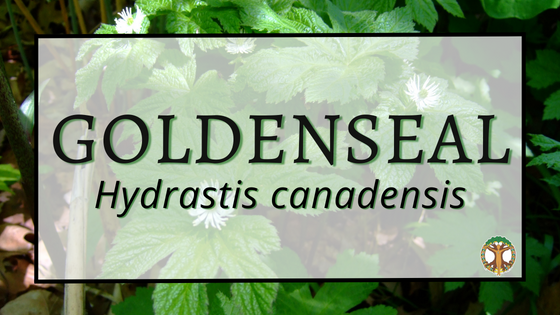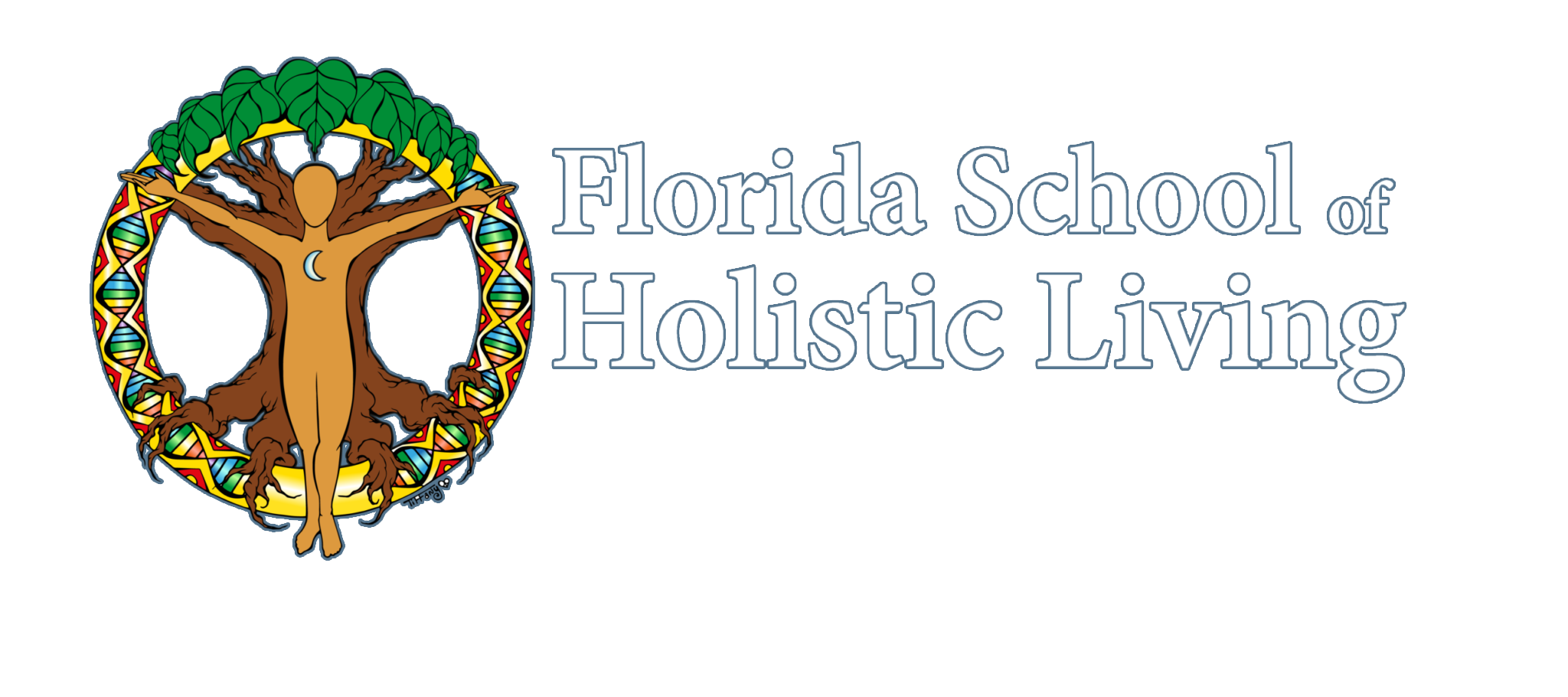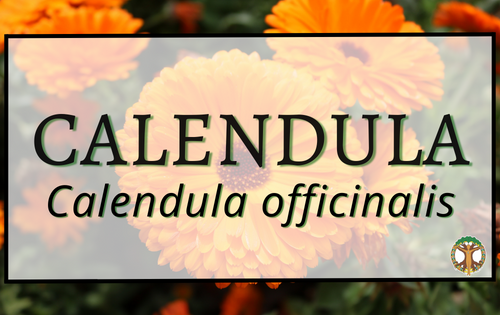
Goldenseal
Contributed by BB Soto
Latin Name: Hydrastis canadensis
Common Names: Goldenseal, eyebalm, eyeroot, golden root, ground raspberry, Indian dye, Indian turmeric, jaundice root, orange root, yellowroot, yellow puccoon
Family: Ranunculaceae
Habitat: This rapidly growing member of the Ranunculaceae family is happiest in rich, open, and hilly woods. It is native to southeastern Canada and the eastern United States. It grows in patches and within a week to ten days in consistent warm weather, it’ll grow to be six inches high and expand its flowers.
Parts Used: Roots and leaves.

Uses: Can be used as a powder, or to make tinctures and liniments. Depending on which ailment needs relief, either part of the plant or all the plant — roots and leaves — can be used. Smaller doses are recommended or else it may be too drying. According to Paul Bergner cited on herbalremediesadvice.org, powder should be .5-10 grams per day and tincture is 15 to 90 drops, TID.
History/Tradition: Native Americans used goldenseal as a yellow dye and as a wash for local inflammations, for liver trouble, stomach issues, and as eye and ear medicine. When the early European colonizers arrived on American shores, the people familiar with plants of the land shared their uses for the plant, and it was adopted by immigrants as a dye and domestic remedy. Time passed before it attracted European professional medical attention. Few minor mentions were made until 1833 when Wooster Beach introduced it as a drug in his Materia Medica. According to John Uri Lloyd (Goldenseal, 1868), “The first edition of the Eclectic Dispensatory by King and Newton, 1852, gave the drug the first conspicuous consideration it received in medicine, and at once Hydrastis and its preparations became prominent in Eclectic therapy. From this period Eclectic physicians made Hydrastis one of their most valued drugs, and both the crude drug and its preparations as devised by them, became so important as to lead to the drug becoming official in the Pharmacopoeia of the United States (1860).” As of 1686, when Lloyd wrote his monograph, few American drugs were as important as Hydrastis. The Eclectic Physicians had adopted its uses for digestion and as a mucous membrane tonic, among other infections.
Energetics: In Western herbalism, goldenseal is bitter, cold, and astringent. In Chinese medicine, it is used to clear heat and drain dampness.
Indications: As an astringent, it tones, tightens, and balances mucous membranes; helps alleviate the symptoms of ulcers, sinus infections, intestinal infections, vaginal infections, eye infections, canker sores, and urinary tract infections.
Systems: Digestive, urinary, lymphatic, and respiratory
Actions: Astringent, antimicrobial, vermifuge, digestive aid, and clears heat.
Cautions: Avoid during pregnancy and breastfeeding.
This plant is commonly misunderstood to be an herbal antibiotic and misused for colds and flus. Another myth is that taking it will help pass a drug test. Such common misbeliefs and unethical marketing have led to a serious over harvesting of H. canadensis.
Constituents: Berberine and hydrastine — alkaloids known to have antimicrobial properties.
References:
De La Foret, R. (n.d.). Benefits of goldenseal. Herbs with Rosalee. Retrieved February 5, 2022, from https://www.herbalremediesadvice.org/benefits-of-goldenseal.html
Lloyd, J. U. (1868). Goldenseal monograph. HerbRally. Retrieved February 5, 2022, from https://www.herbrally.com/monographs/goldenseal?rq=Goldenseal





